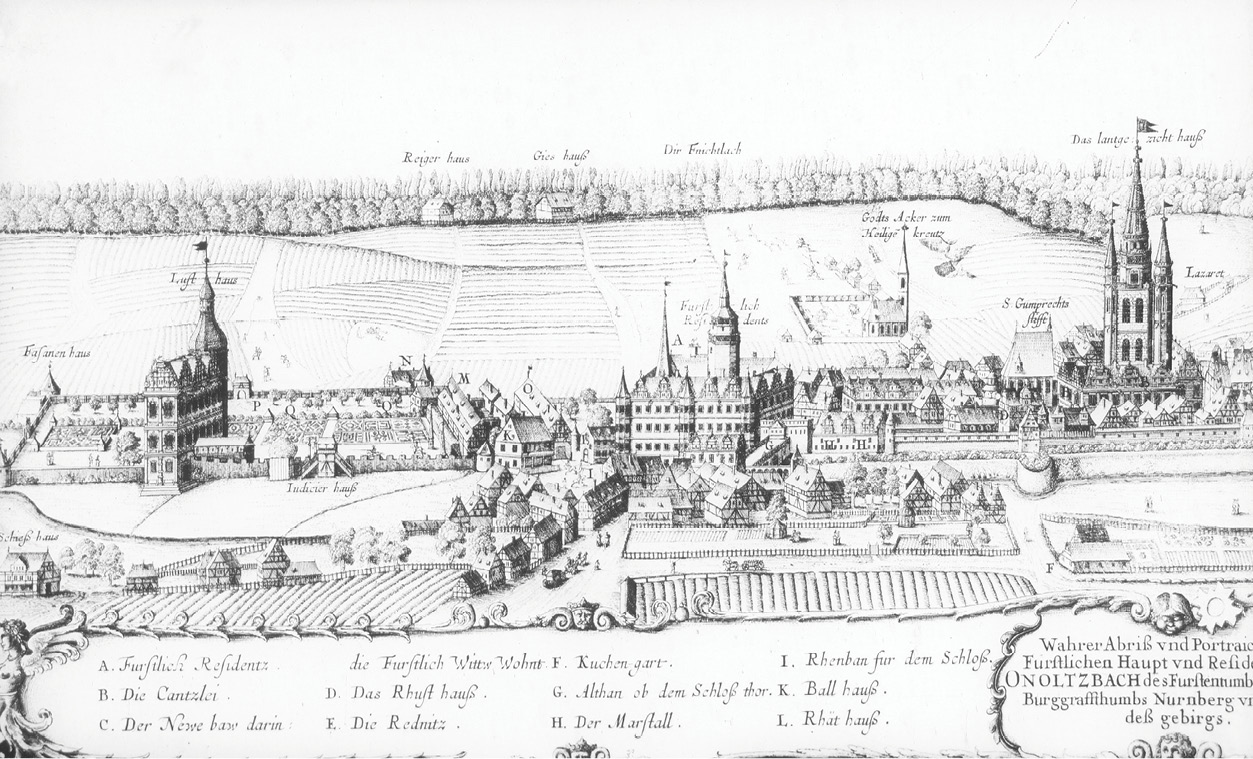

The little town of Ansbach, by Wenceslaus Hollar, c.1630, dominated by the margrave’s palace and the Gothic church of St Gumbertus. (Royal Collection Trust/© Her Majesty Queen Elizabeth II 2017)

Caroline’s parents, Eleonore Erdmuthe Louise of Saxe-Eisenach and a doting John Frederick, Margrave of Brandenburg-Ansbach. (Royal Collection Trust/© Her Majesty Queen Elizabeth II 2017)
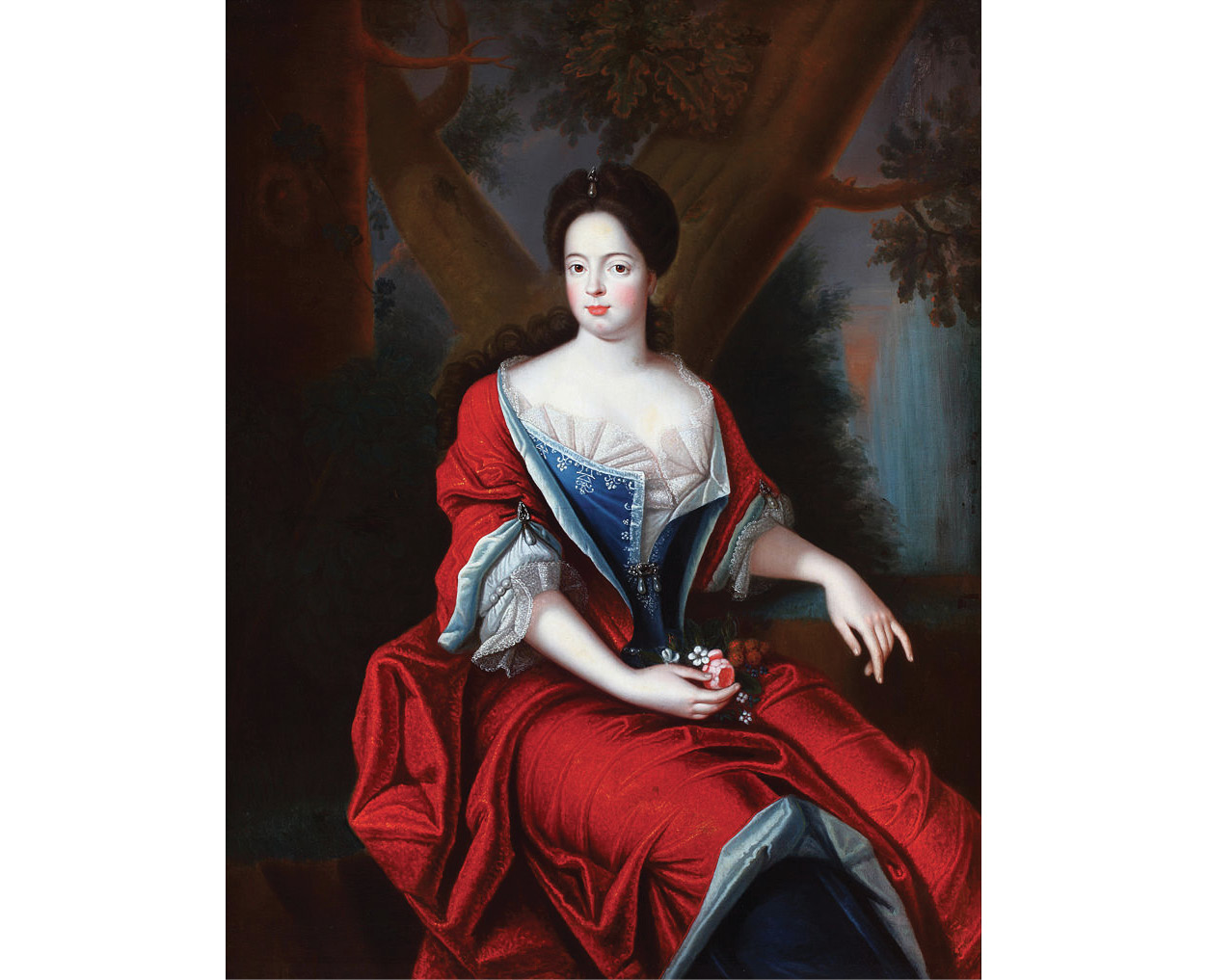
Sophia Charlotte, queen in Prussia, known as Figuelotte, by Friedrich Wilhelm Weidemann – a second mother to Caroline, intelligent, irreverent, beautiful. (Bomann Museum Celle. Photo by Fine Art Images/Heritage Images/Getty Images)

Frederick III, Elector of Brandenburg, afterwards king in Prussia, who became Caroline’s self-appointed guardian in 1696: a man who, in his own words, possessed ‘all the attributes of kingliness and in greater measure than other kings’. (DEA PICTURE LIBRARY/Getty)

The palace of Herrenhausen, the glory of Hanover, begun in 1665, its garden a series of poker-straight avenues, with gondolas floating on a man-made canal. (Heritage Images/Contributor/Getty Images)

Electress Sophia, the dynastic link between the thrones of England and Scotland and the Hanoverian electorate. To her delight, she would become Caroline’s grandmother-in-law. (Oil on canvas, Jouvenet, Noel (d.1716)/Royal Collection Trust © Her Majesty Queen Elizabeth II 2017/Bridgeman Images)

The man who became Caroline’s father-in-law, George Louis, Elector of Hanover, afterwards George I, intractability in every line of his stubborn profile. (Royal Collection Trust/© Her Majesty Queen Elizabeth II 2017)
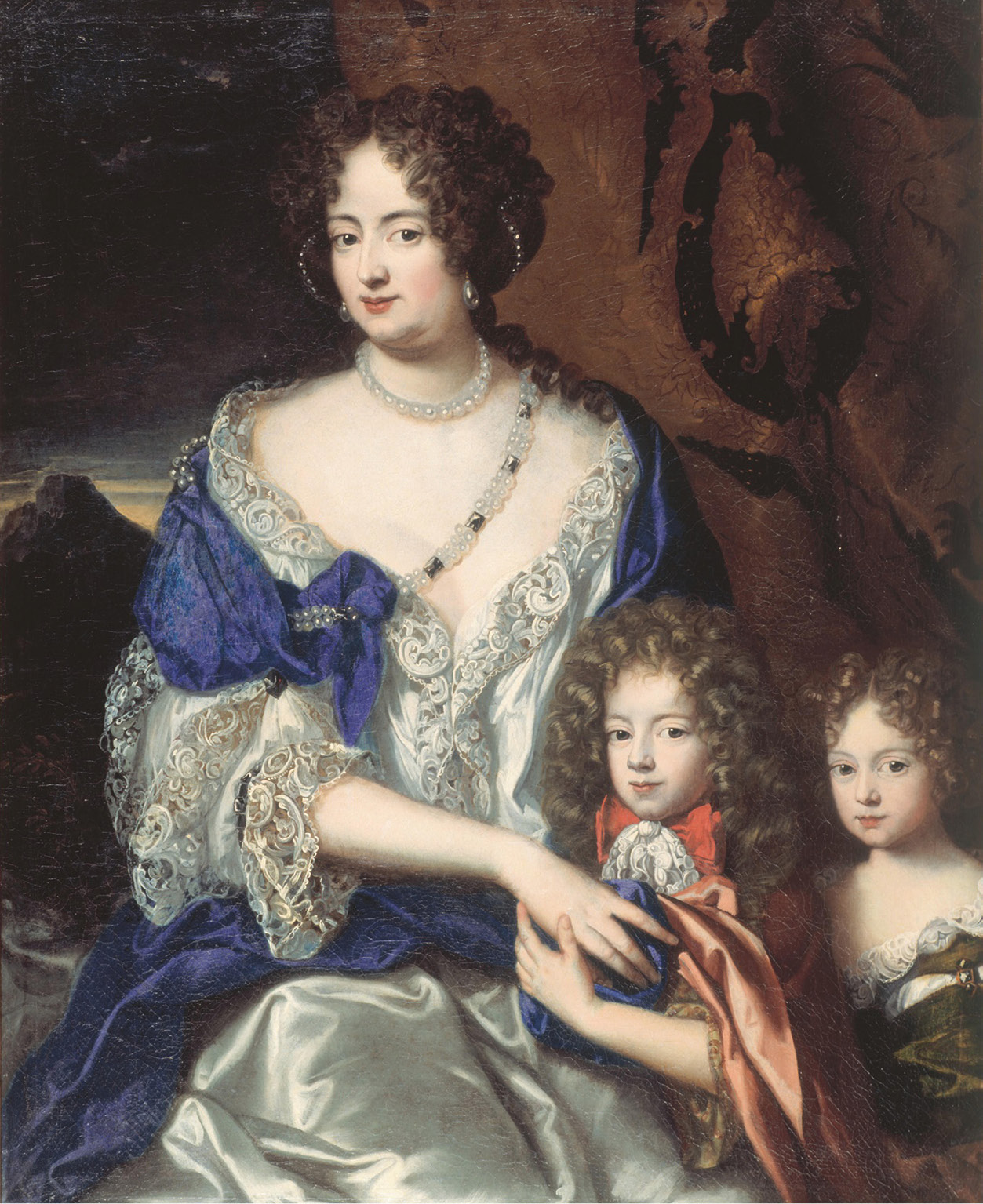
This portrait of 1691 by Jacques Vaillant of Sophia Dorothea of Celle depicts the hapless princess with her children, George Augustus, the future George II, and the younger Sophia Dorothea. (Heritage Image Partnership Ltd/Alamy Stock Photo)

The man Caroline married, George Augustus, Electoral Prince of Hanover, afterwards, as seen here, King of Great Britain: cocksure, strutting and a little foolish, but deeply attached to his remarkable bride. (Metropolitan Museum of Art. Gift of Irwin Untermyer, 1964)

St James’s Palace and Pall Mall as they would have appeared in Caroline’s lifetime, a reach-me-down setting for royal life. (English School (18th century)/National Trust, Regional Office, 20 Grosvenor Gardens, London, UK/National Trust Photographic Library/Bridgeman Images)

Family feuding forced Caroline and George Augustus to find a home of their own – Leicester House, in Leicester Square. (Engraving after Nicholls, Sutton (18th century)/Private Collection/Bridgeman Images)

Caroline’s most devoted female courtier, woman of the bedchamber Charlotte Clayton. Caroline told her, ‘You know me, & know that I love people of wit & merit.’ (Chronicle/Alamy Stock Photo)

Maid of honour Molly Lepell, one of the beauties of Caroline’s household. Her marriage to John, Lord Hervey, proved unhappy. (Coloured chalks on paper, Knapton, George (1698–1778)/Ickworth House, Suffolk, UK/National Trust Photographic Library/Christopher Hurst/Bridgeman Images)
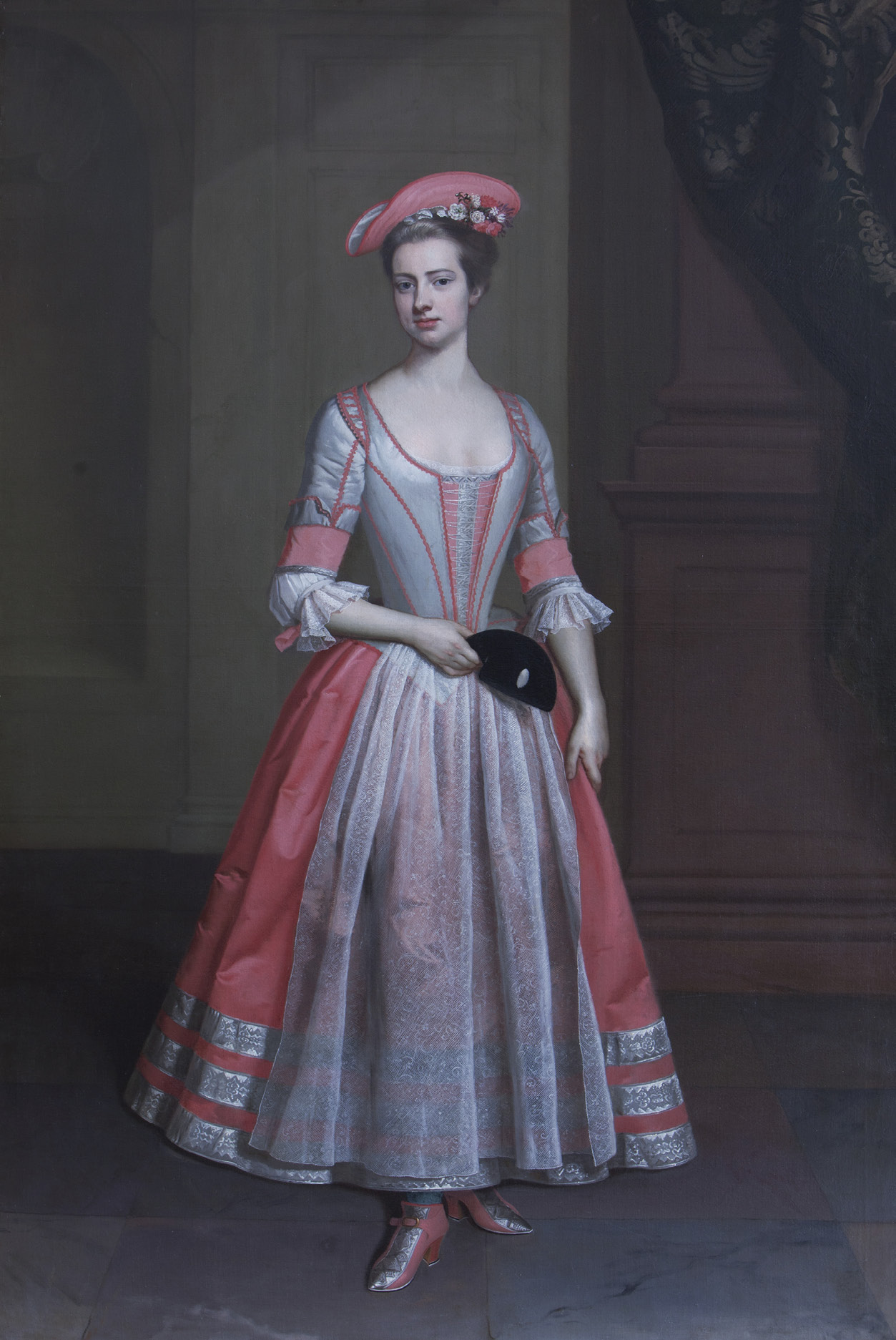
Henrietta Howard, the rival Caroline skilfully managed, an intelligent adventuress who became George II’s mistress through financial necessity – and simultaneously served Caroline as woman of the bedchamber. (Gibson, Thomas (c.1680–1751)/Blickling Hall, Norfolk, UK/National Trust Photographic Library/Bridgeman Images)

Until her death in 1722, Elisabeth Charlotte, Duchess of Orléans, a German princess married to Louis XIV’s brother, acted as epistolary confidante to Caroline. They never met. (Oil on canvas, after Rigaud, Hyacinthe (1659–1743)/Château de Versailles, France/Bridgeman Images)

Described as ‘the Queen’s Minister’ for his closeness to Caroline, Sir Robert Walpole proved himself a puppeteer of genius in his manipulation of both Caroline and George Augustus. (Heritage Image Partnership Ltd/Alamy Stock Photo)
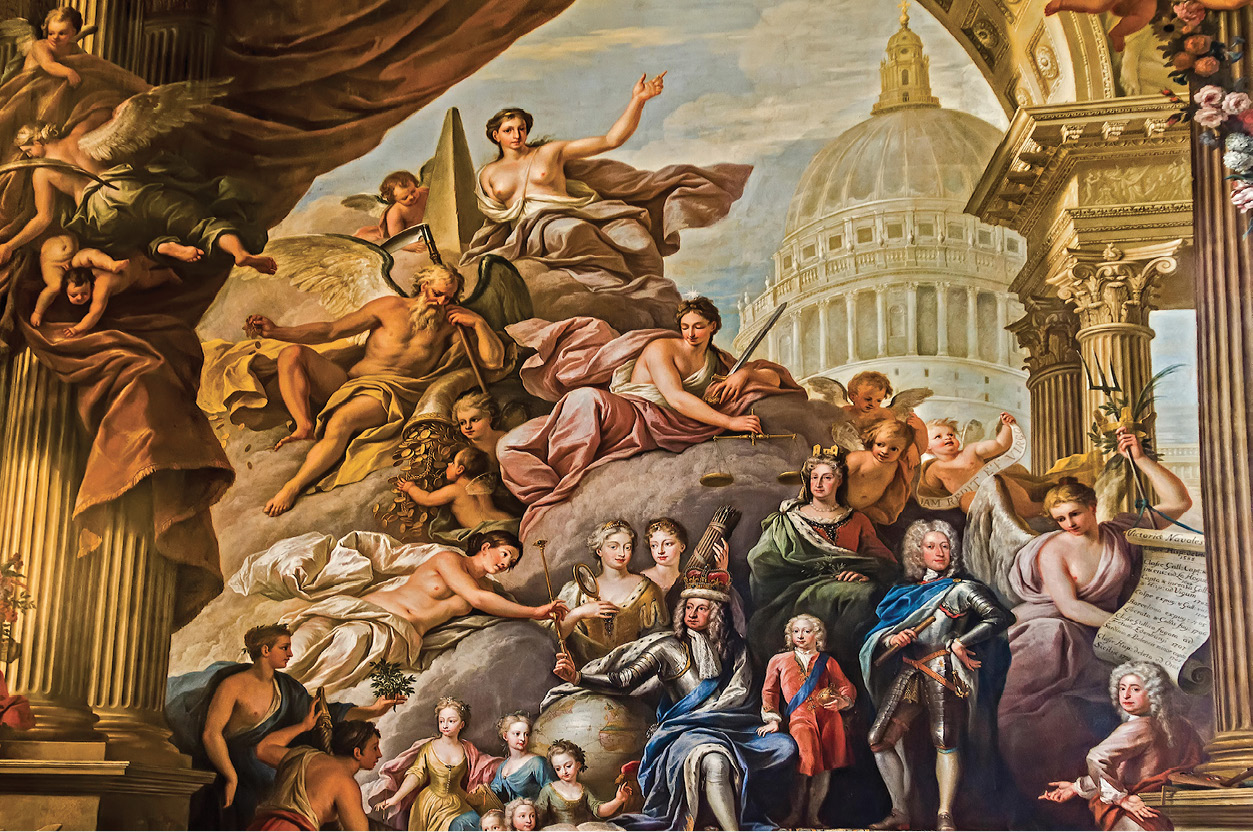
James Thornhill’s huge painting of the family of George I in Greenwich Naval Hospital places Caroline, dressed in gold, immediately behind her father-in-law. (Graham Mulrooney/Alamy Stock Photo)

Caroline in her coronation robes by Charles Jervas, glittering with jewels, many of them borrowed for the occasion. (Guildhall Art Gallery, City of London/Bridgeman Images)

Venetian portraitist Jacopo Amigoni painted Caroline in 1735 as queen and mother, a cornucopia of royal offspring at her feet. (Peter Horree/Alamy Stock Photo)
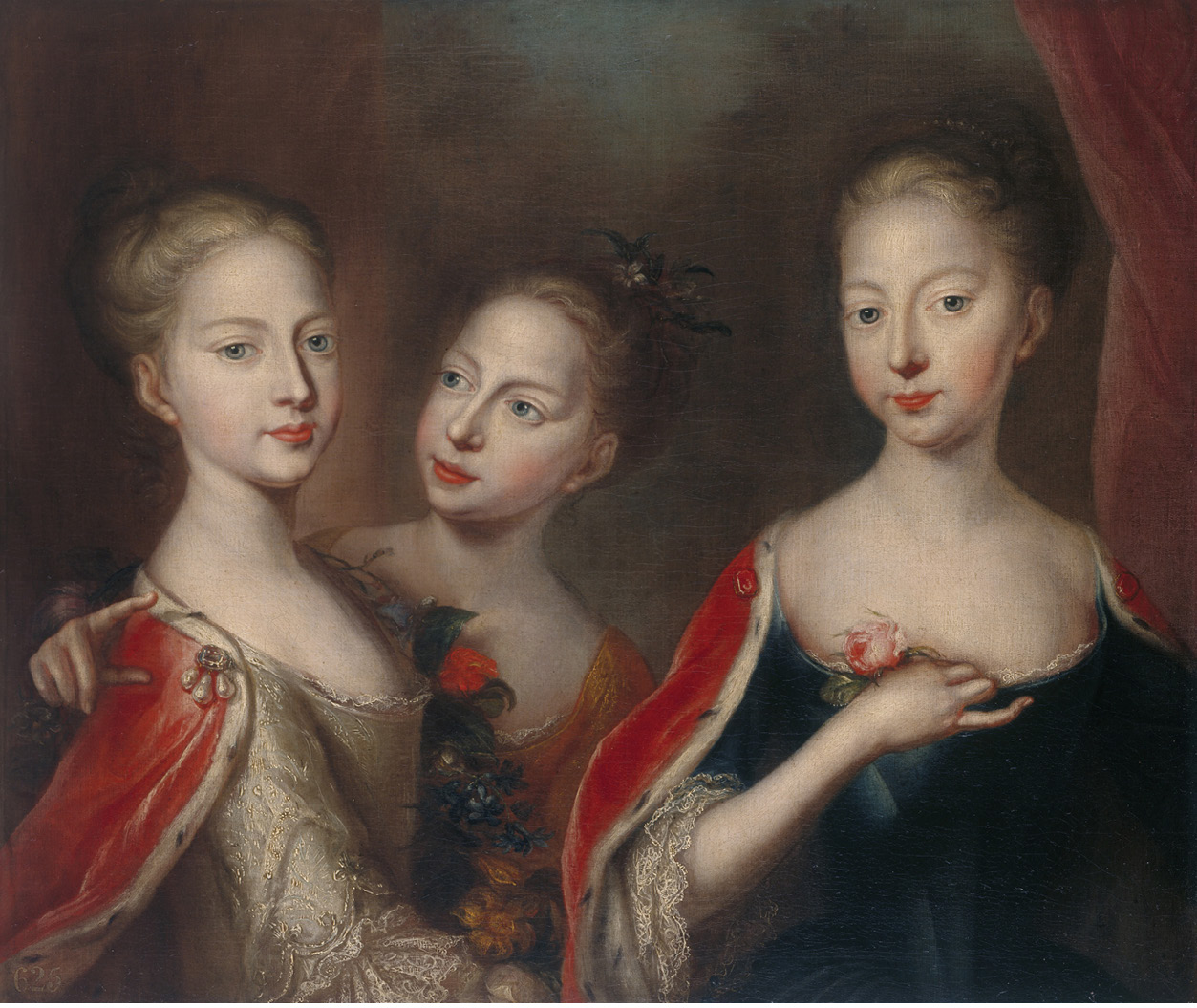
Martin Maingaud’s portrait of Caroline’s three eldest daughters – Anne, Amelia and Caroline – from whom Caroline was separated for much of their childhood. (Royal Collection Trust © Her Majesty Queen Elizabeth II 2017/Bridgeman Images)
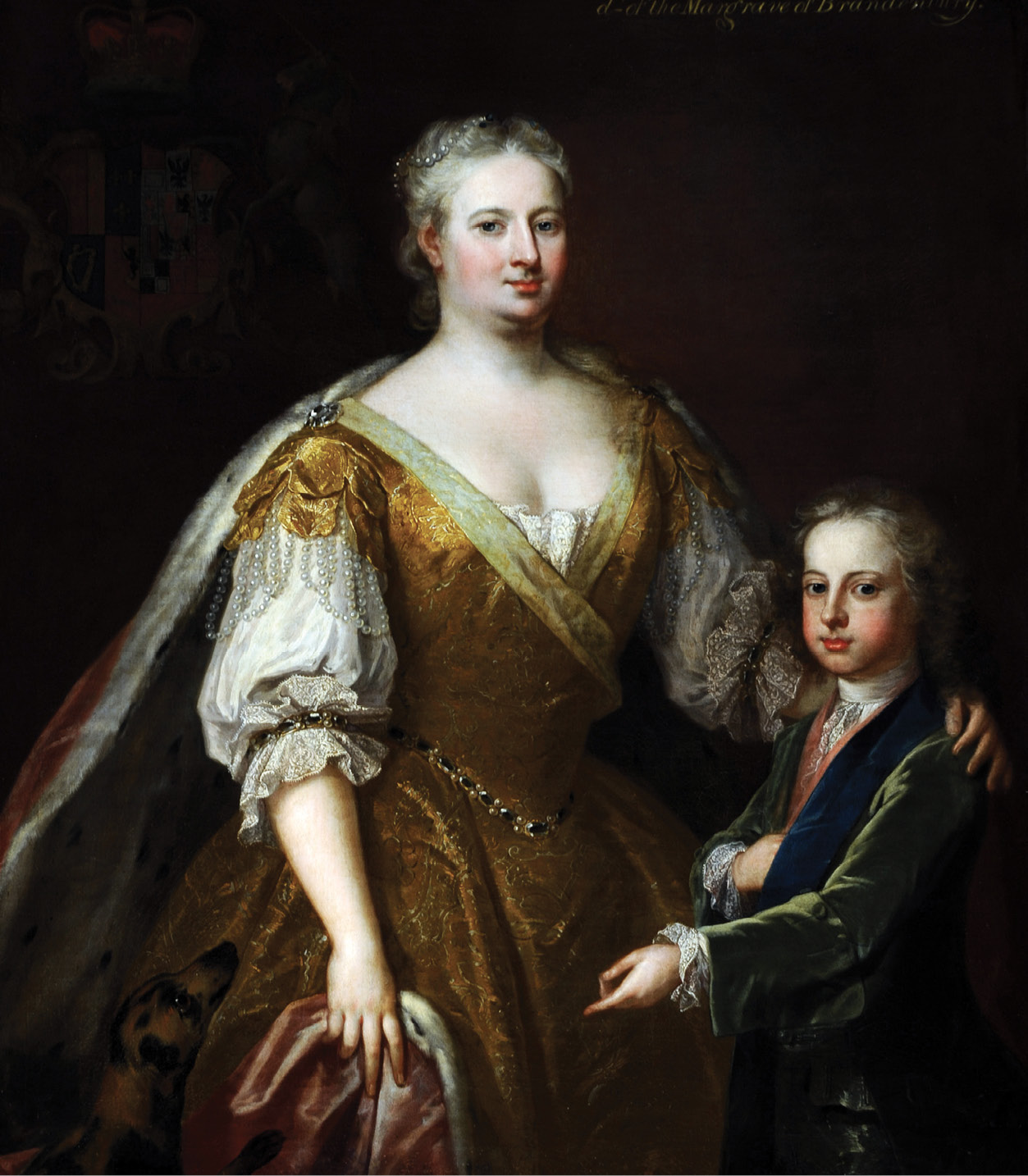
Caroline and the son she loved best, William Augustus, Duke of Cumberland. (Aikman, William (1682–1731)/Hardwick Hall, Derbyshire, UK/National Trust Photographic Library/Bridgeman Images)
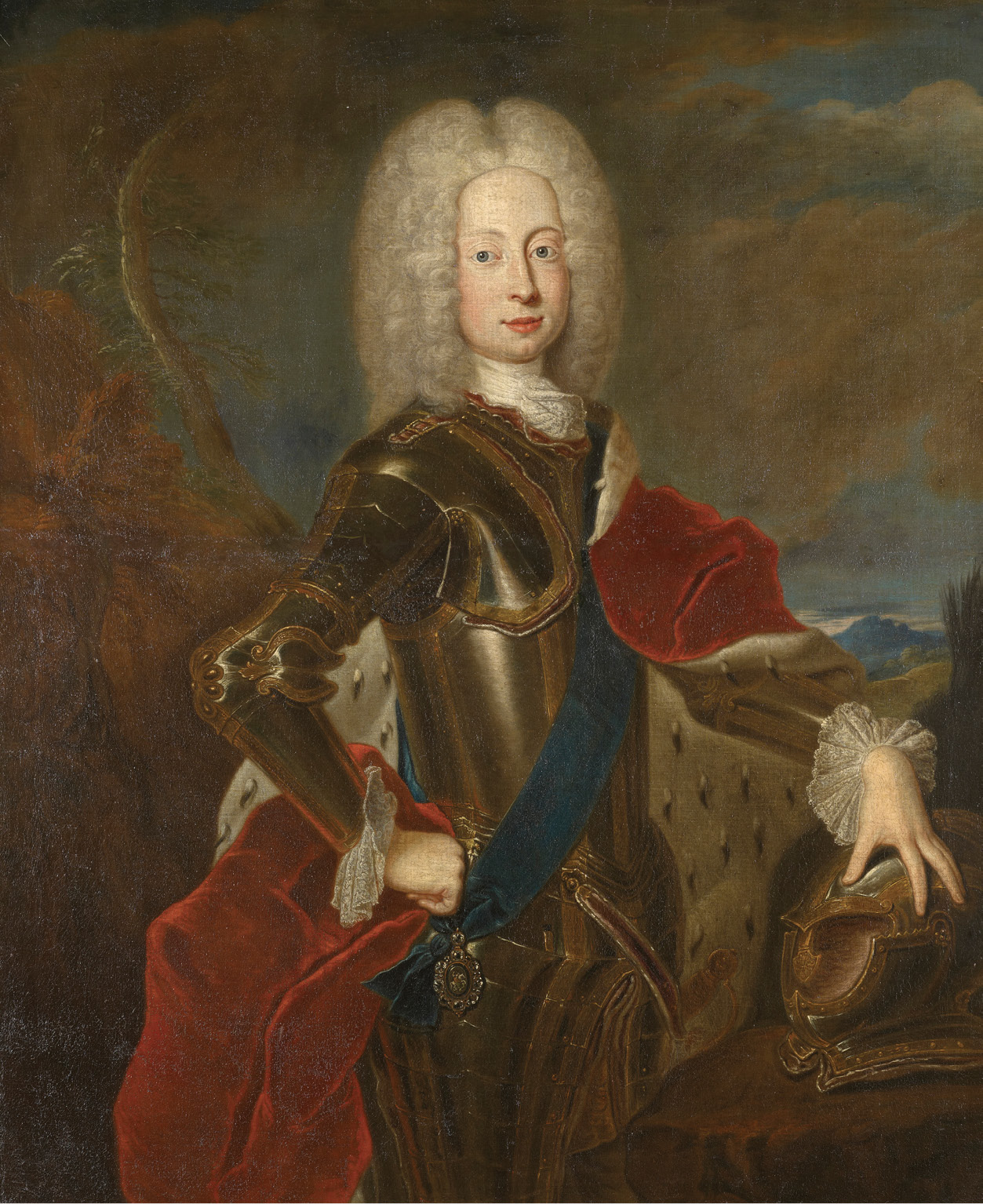
The son Caroline grew to hate, Frederick, Prince of Wales. George II described him unfairly as half-witted. (Royal Collection Trust/© Her Majesty Queen Elizabeth II 2017)

John, Lord Hervey, Caroline’s vice chamberlain from 1730, her (almost wholeheartedly) devoted admirer, whose memoirs offer a sparkling if misleading portrait of court life. (The National Trust Photolibrary/Alamy Stock Photo)

A deliciously flattering portrait of Caroline as queen by Enoch Seeman. The artist deftly avoids any suggestion that Caroline, as one observer noted, had ‘grown too stout’. (Royal Collection Trust/© Her Majesty Queen Elizabeth II 2017)

Caroline was an enthusiastic gardener and builder of garden follies, like the Hermitage in her garden at Richmond Lodge. (British Library, London, UK/© British Library Board. All Rights Reserved/Bridgeman Images)

The seven surviving children of Caroline and George II, including Frederick, Prince of Wales (standing centre) and his brother and rival, William Augustus. (Collection of the Duke of Devonshire, Chatsworth House, UK/© Devonshire Collection, Chatsworth/Reproduced by permission of Chatsworth Settlement Trustees/Bridgeman Images)

William Hogarth’s oil sketch of the family of George II, a study in divisions. Caroline’s attention is wholly consumed by William Augustus, far left. (Royal Collection Trust/© Her Majesty Queen Elizabeth II 2017)
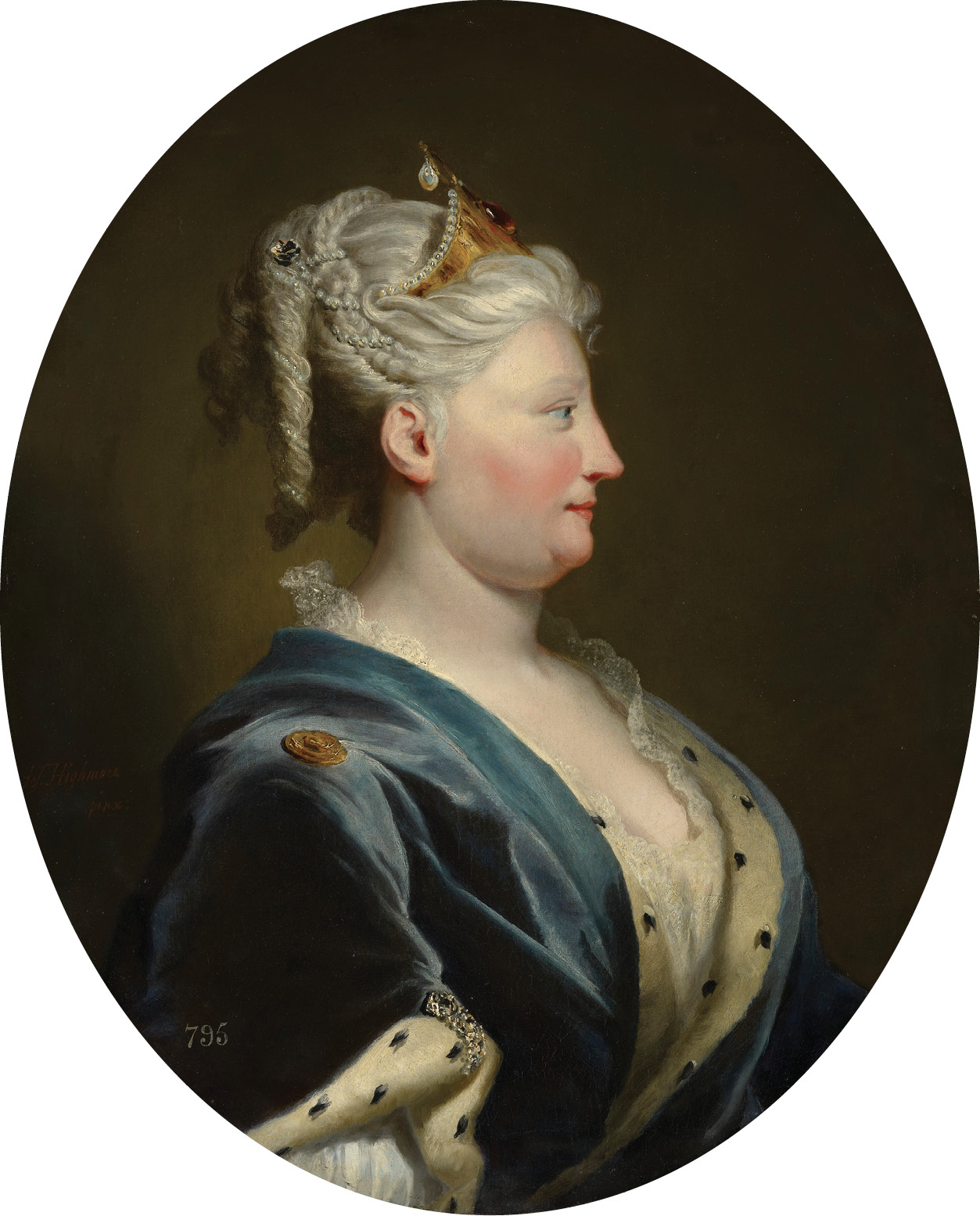
A middle-aged Caroline, painted from memory in 1735 by Joseph Highmore, imposing in her statuesque magnificence. (Royal Collection Trust/© Her Majesty Queen Elizabeth II 2017)

John Vanderbank the Younger painted Caroline the year before her death, dignified and purposeful in full regal fig. (The Trustees of the Goodwood Collection/Bridgeman Images)

Caroline on her deathbed, by one of her female attendants, Dorothy, Countess of Burlington. (Collection of the Duke of Devonshire, Chatsworth House, UK/© Devonshire Collection, Chatsworth/Reproduced by permission of Chatsworth Settlement Trustees/Bridgeman Images)
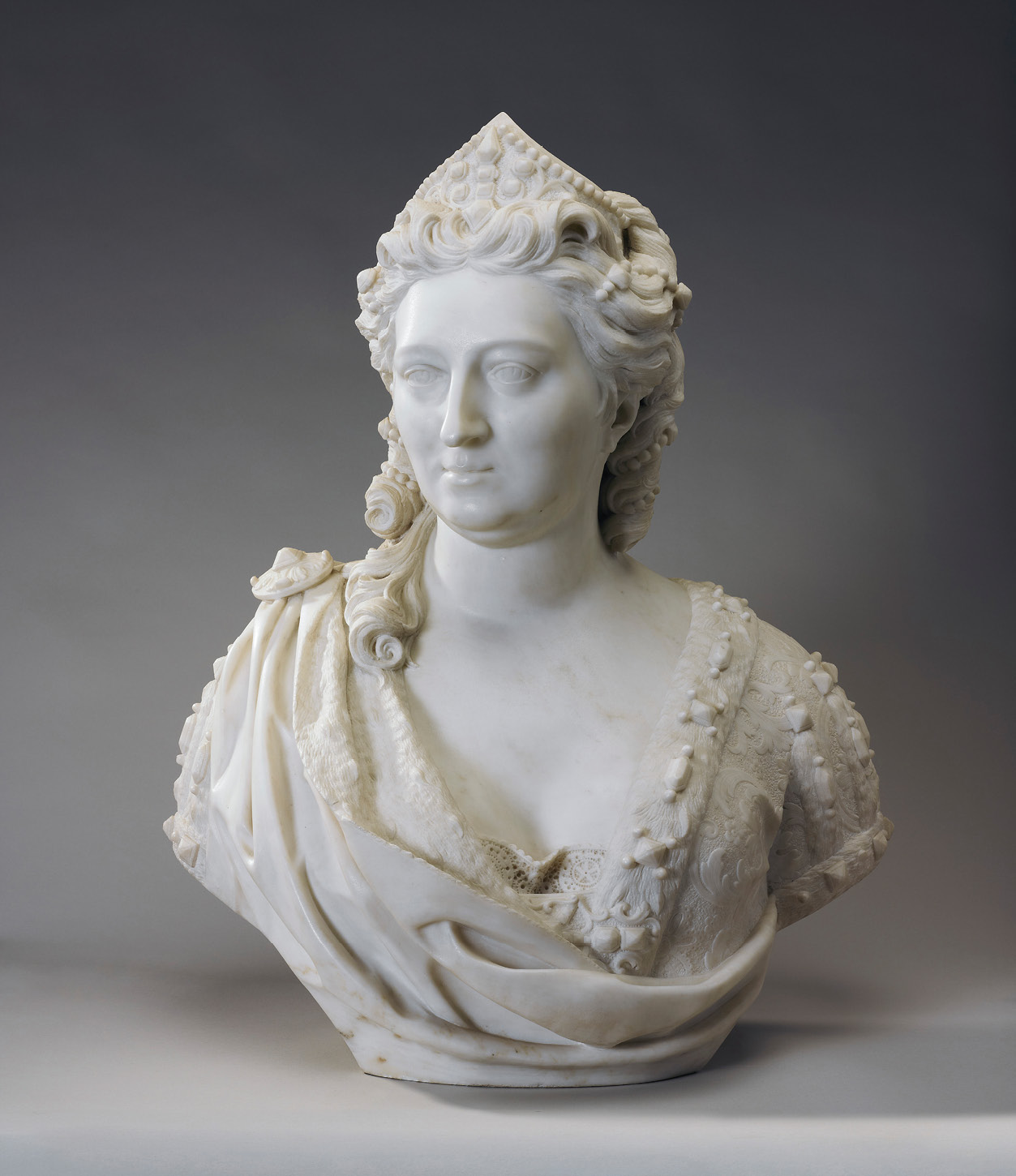
Rysbrack’s marble bust of Caroline, completed after her death, captures both her shrewdness and her firmness of purpose. (Royal Collection Trust/© Her Majesty Queen Elizabeth II 2017)